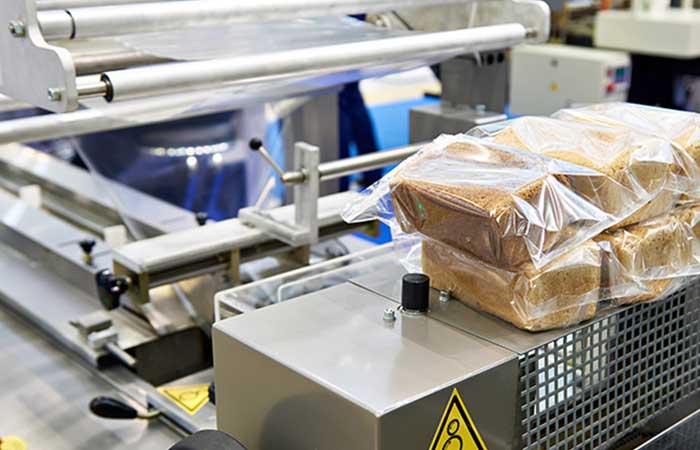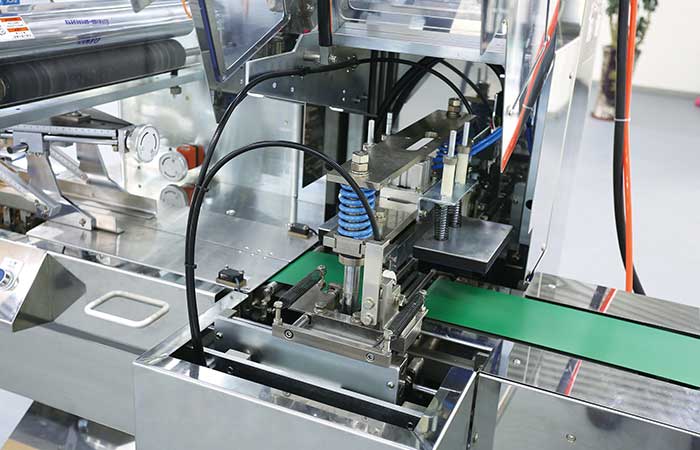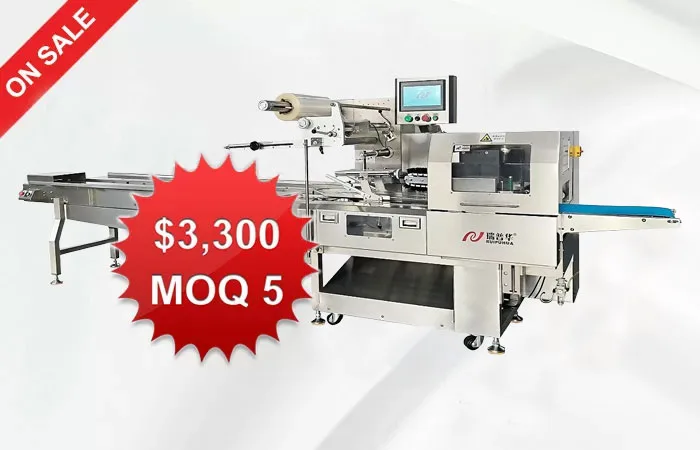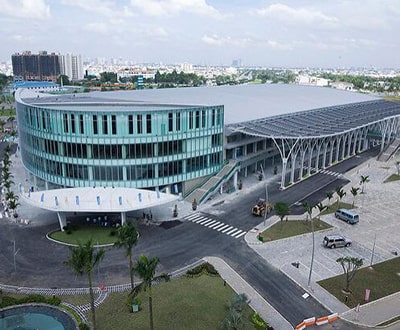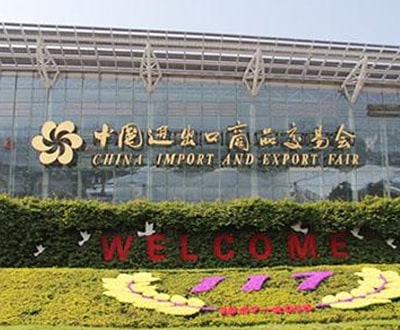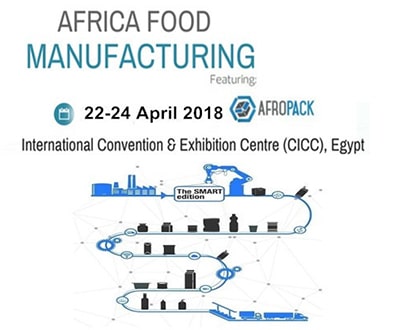Manufacturing Flexible Packaging Materials: Machinery and Techniques
Manufacturing Flexible Packaging Materials: Machinery and Techniques
In the realm of modern manufacturing, the production of flexible packaging materials stands out as a crucial component. This article delves into the machinery and techniques involved in creating these versatile materials that play a significant role in various industries.
Introduction
Flexible packaging materials have become ubiquitous in our lives, serving as the go-to solution for packaging items in a convenient and cost-effective manner. The intricate process of manufacturing these materials involves specialized machinery and innovative techniques that ensure efficiency and quality.
Main Sections
1. Extrusion Process
The extrusion process is at the core of manufacturing flexible packaging materials. This section explores the machinery used, such as extruders and dies, and the key steps involved, including melting, mixing, and forming the materials.
1.1 Extruders
Extruders are the workhorses of the extrusion process, responsible for pushing the molten material through a die to create the desired shape. Various types of extruders exist, each suited for specific materials and output requirements.
1.2 Dies
Dies play a vital role in shaping the extruded material into the desired form. The design of the die dictates the final characteristics of the packaging material, such as thickness, width, and texture.
2. Printing and Lamination
Printing and lamination are crucial stages in flexible packaging production, enhancing aesthetics and functionality. This section explores the printing methods, such as flexography and rotogravure, and the lamination techniques used to combine multiple layers.
2.1 Flexography
Flexography is a widely used printing method in the packaging industry, known for its speed and cost-effectiveness. Manufacturers utilize flexographic presses to apply vibrant designs and essential information on packaging materials.
2.2 Lamination
Lamination involves bonding multiple layers of material to create a composite structure with enhanced properties. Techniques like adhesive and extrusion lamination are employed to achieve different barrier and strength requirements.
3. Converting and Finishing
The converting and finishing stage involves transforming the printed and laminated materials into the final product. Cutting, sealing, and shaping are essential processes that ensure the packaging materials are ready for use.
3.1 Cutting and Slitting
Cutting and slitting machines are used to trim the packaging materials to the desired size and shape. Precision is crucial in this step to minimize waste and ensure uniformity.
3.2 Sealing and Pouch Making
Sealing machines play a vital role in creating pouches and bags from the flexible materials. Heat sealing and ultrasonic sealing are common techniques that provide secure closures for various applications.
Key Takeaways
- The extrusion process is fundamental to manufacturing flexible packaging materials.
- Printing and lamination techniques add value to the packaging design and functionality.
- Converting and finishing processes transform the materials into usable packaging products.
-
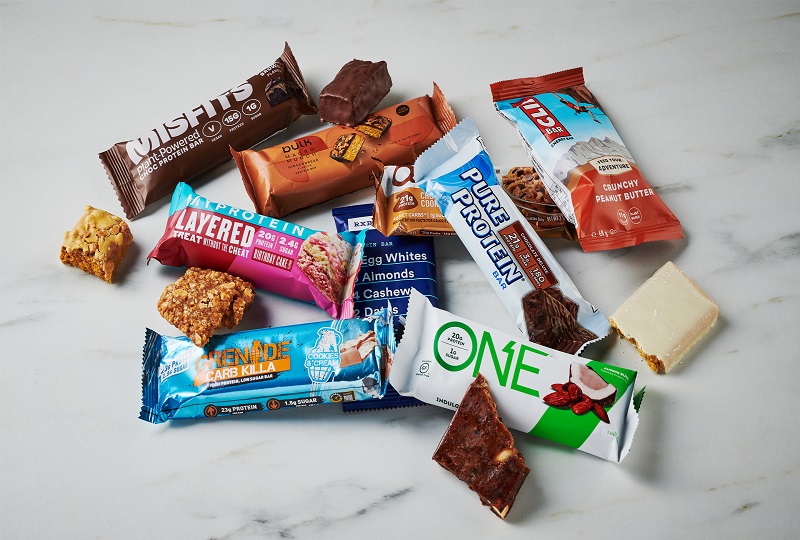 01
01Further Discussion About Protein Bar Packing Machinery
27-02-2024 -
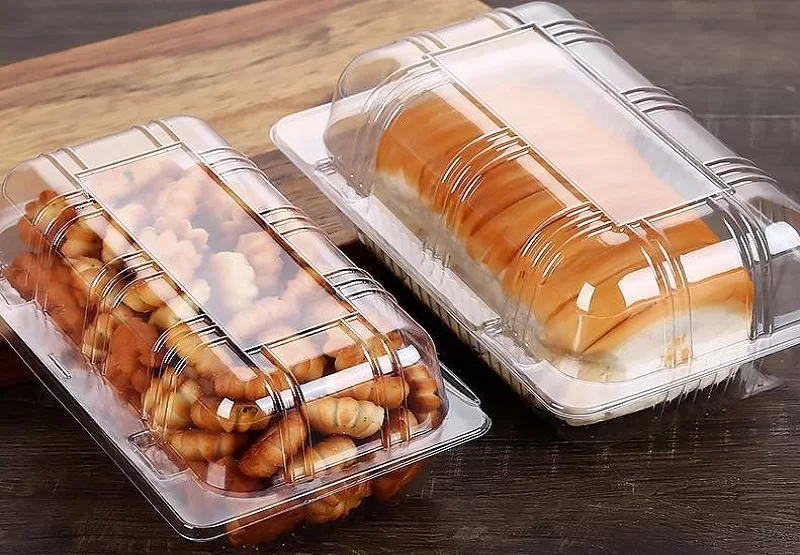 02
02Sustain The Best Crispy With Automatic Packaging Machines
29-01-2024 -
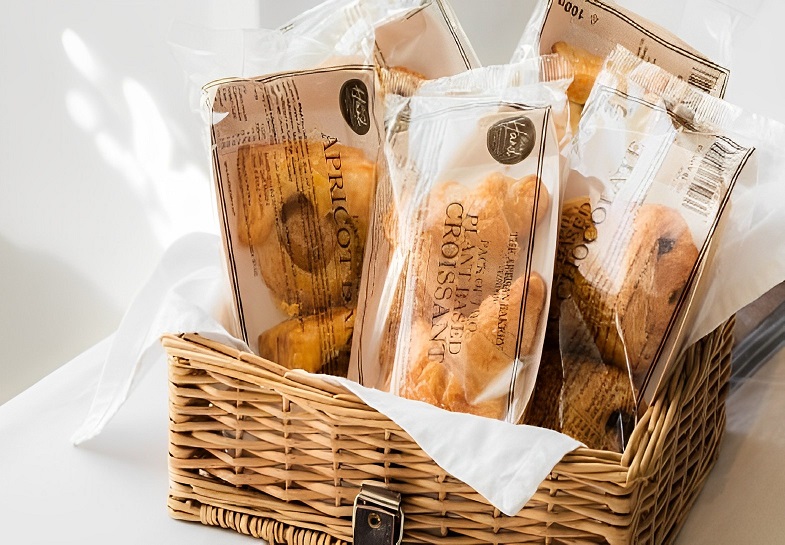 03
03Bread Packing Machine For Bakery Business
19-01-2024 -
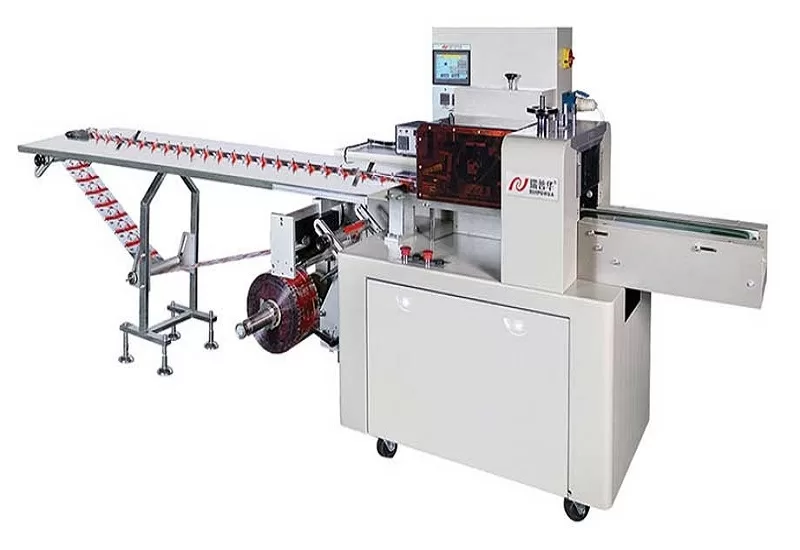 04
04How Flow Wrappers Are Adapting to Changing Trends
01-11-2023 -
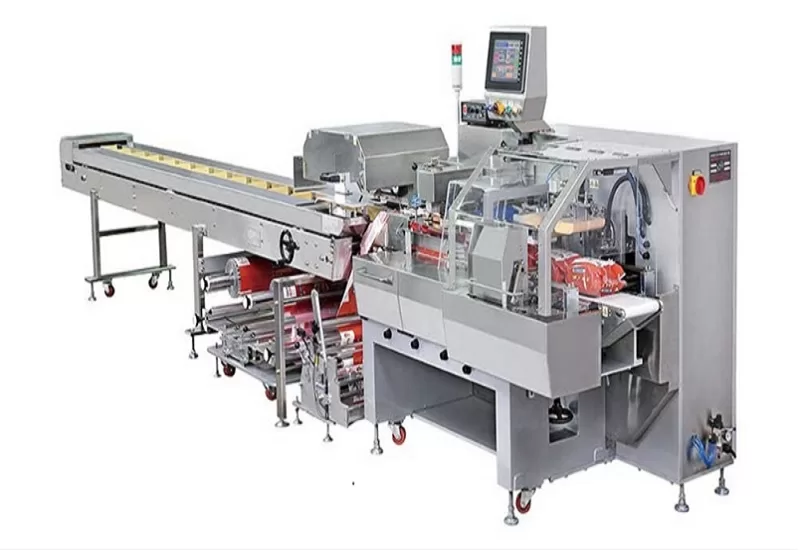 05
05The Comprehensive Guide to Packaging Machinery
31-10-2023 -
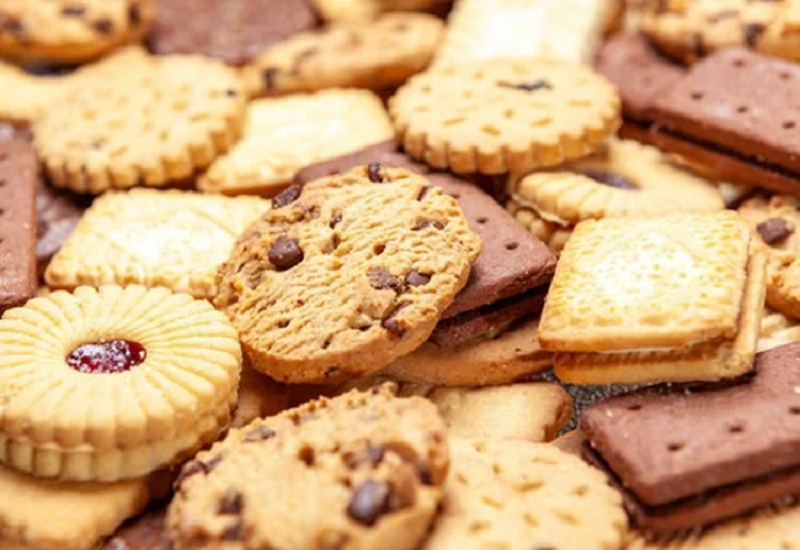 06
06Automatic Cookie Packaging System Performance
01-09-2023 -
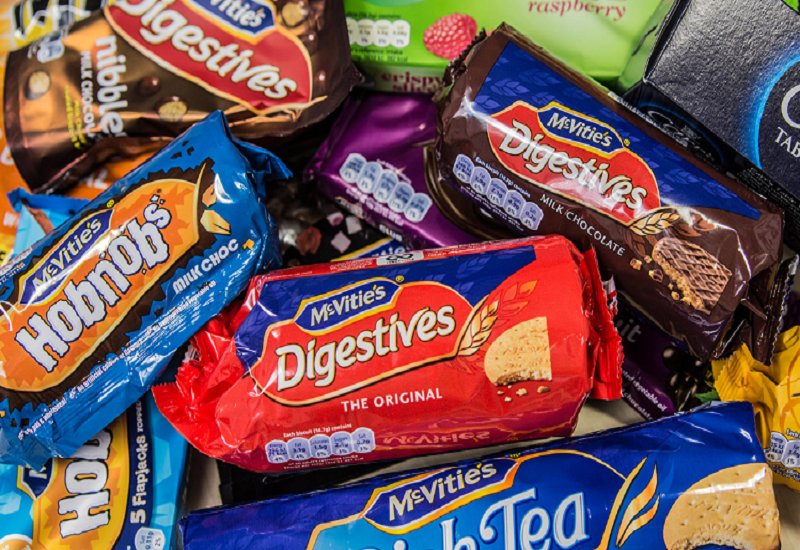 07
07Streamlining Biscuit Packaging with Multipack Biscuit Packaging Machines
25-08-2023 -
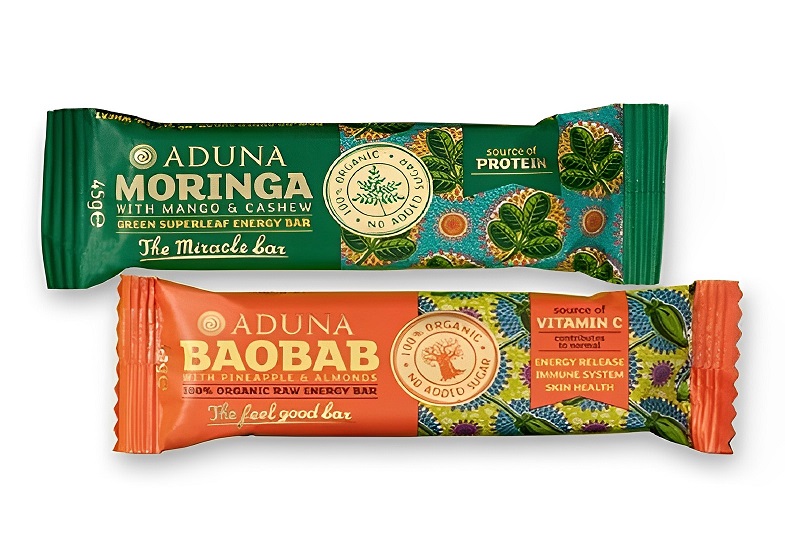 08
08From Assembly To Shipping: The Energy Bar Packaging Machine Does All
28-02-2023 -
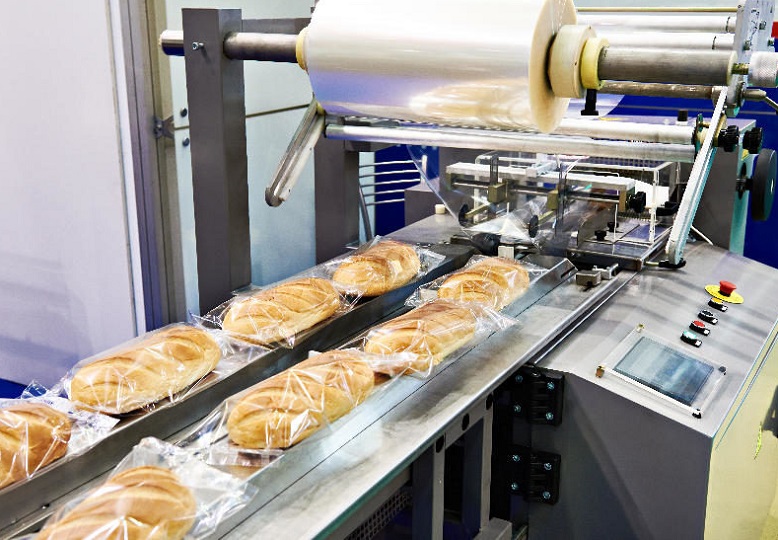 09
09Maximizing Efficiency With Food Packaging Machine Technology
22-02-2023 -
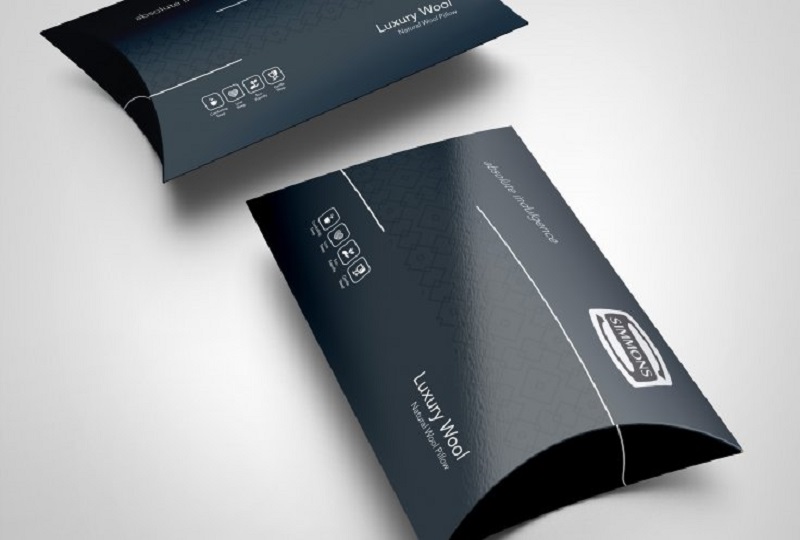 10
10Clients Hunt For Professional And Functional Packaging Machine
10-11-2022



